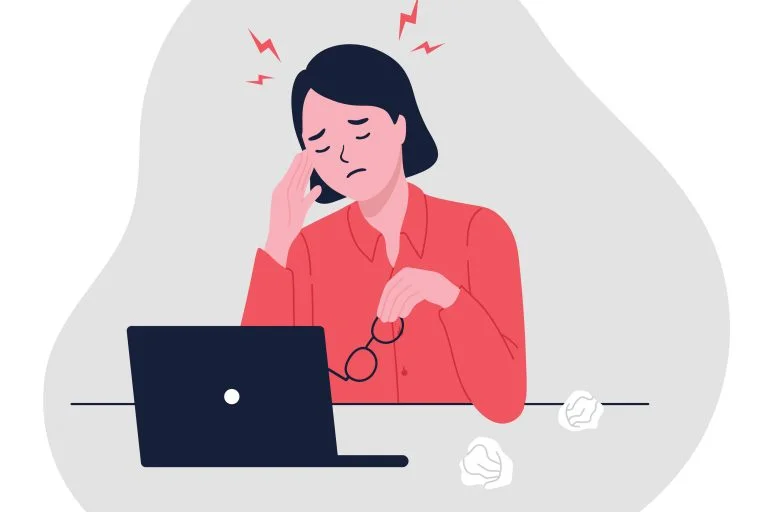Recently I was able to collaborate with the podcast team from HR{preneur} for their most recent episode: Employee Burnout – How to Recognize It & What You Can Do. If you are interested, the podcast is quick and informative. Below are some of the highlights from our talk.
Burnout was “discovered” by Dr. Herbert Freudenberger when he published a paper on the subject in 1974. Ironically, Dr. Freudenberger suffered from burnout symptoms himself for a period of time. It was his personal experience that helped him to understand and research the effect further.
Since Dr. Freudengerger’s original paper, the definition of “burnout” has changed. Currently, the ICD-11 definition for burnout is:
A syndrome conceptualized as resulting from chronic workplace stress that has not been successfully managed. It is characterized by three dimensions:
feelings of energy depletion or exhaustion
increased mental distance from one’s job, or feelings of negativism or cynicism related to one’s job; and
reduced professional efficacy
Burn-out refers specifically to phenomena in the occupational context and should not be applied to describe experiences in other areas of life.

The most significant warning signs are when people begin to act abnormally in addition to becoming withdrawn, cynical, and exhausted. It is particularly concerning when people start to cope with these issues using alcohol or other substances.
Some helpful questions to ask to identify burnout…
Are you increasingly cynical about your job?
Feelings of dread about work?
Do you spend most of your days at work being bored or overwhelmed?
Is your job satisfaction non-existent?
Do the requirements of your job seem confusing?
Do you feel you are under an unhealthy amount of pressure?
Do you feel a lack of control at work?
Are you noticing that job satisfaction is practically non existent?
The current research suggests the workplace is the cause of burnout symptoms, not the individual. This is an important concept, as people with burnout tend to place the burden on themselves. They will often criticize or blame themselves in some way, assuming it is their personal failings that created the current burnout symptoms.
Workplace conditions and examples that can lead to burnout:
Lack of control – If someone is working for a micro-manager
Unclear job expectations – If employees are given a poor on-boarding program
Dysfunctional workplace environment – If there is frequent yelling or passive aggressive behavior between individuals
Extremes of activity – This can be anything that creates a hurry up and wait situation. For example, an employee being told to arrive at a job site at 5:00 am but not having work until 6:30 am
Lack of social support – If an employee does not have an open line of communication to their manager
Work-life imbalance – Very common with employees that are “strongly encouraged” to respond to late evening pings or emails
Reach out to your manager. Often we assume others can tell we are suffering. This is not always the case. Very often managers are willing to help, but they need to know there is a problem.
Taking the time to change routines and focus on oneself. This includes self care, managing negative thinking, addressing personal relationships, etc.. These do not have to be drastic changes. Often something simple, like focusing on getting to bed and waking up at the same time every night can be helpful.
If you are experiencing symptoms of burnout or other anxiety issues, feel free to reach out to Good Therapy SF.